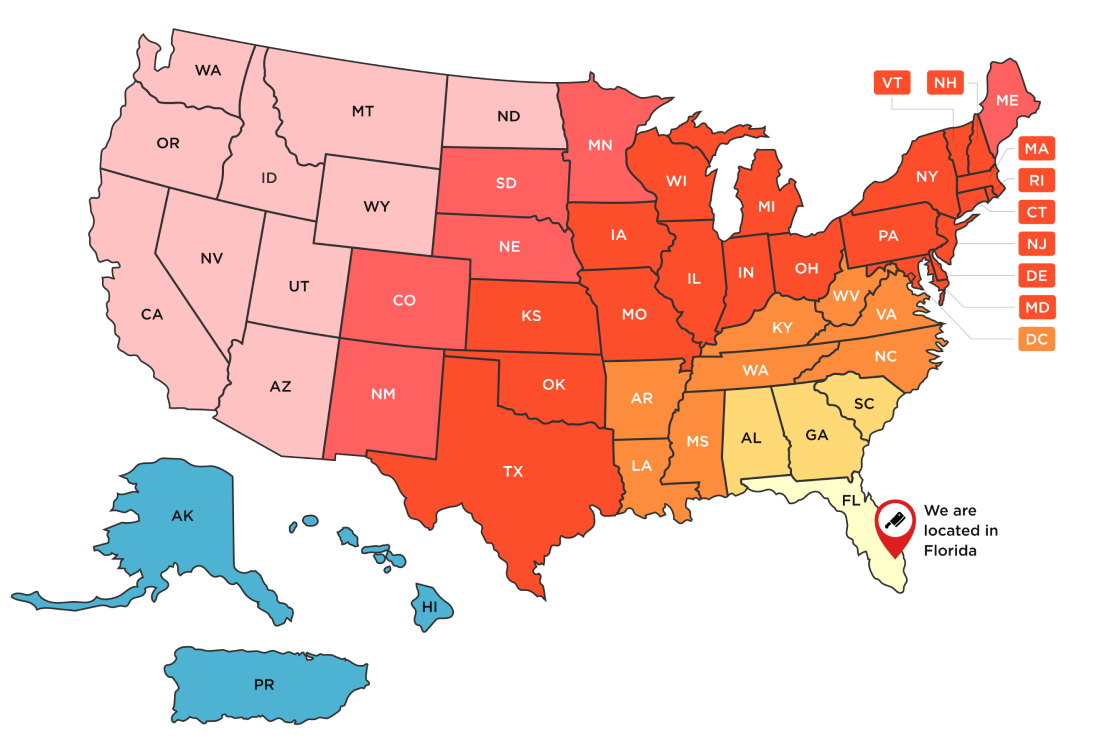
Cultured Meats: The Next Frontier in Sustainable Dining or a Culinary Compromise?
The emergence of cultured beef and proteins marks a significant turning point in our dietary choices, bringing forth complex discussions about their role, potential benefits, and the current global regulatory responses. This expanded analysis aims to delve deeper into the intricacies of these innovative food products which are causing quite a stiff in legislative circles, getting banned in Florida and Italy. Rightly? Wrongly? In this post we'll discuss the critical aspects of transparency, labeling, and the perspectives of different regions and industry players.
Exploring Cultured Beef and Proteins
Cultured beef and proteins, developed from animal cells in laboratory settings, represent a technological leap in food production. This process of cellular agriculture involves nurturing cells to form muscle tissues, offering a unique alternative to conventional meat.
The Cultivation Process
-
Initial Cell Harvesting: Selecting suitable animal stem cells.
-
Cultivation and Growth: Nurturing these cells in controlled environments, typically in bioreactors.
-
Meat Formation: The cells develop into muscle tissues, resembling traditional meat.
"Cultivated meat is meat; it’s the production process that is different" -Didier Toubia, CEO of Aleph Farms
But... is it really Meat or Beef?
Cultivated beef is indeed considered beef in the sense that it is made from actual beef cells. However, it differs from traditional beef in its production process. While traditional beef comes from animals raised and slaughtered on farms, cultivated beef is grown from beef cells in a lab environment. The end product is composed of the same cell types and structures found in beef from an animal, such as muscle and fat cells, and is designed to replicate the taste, texture, and nutritional properties of conventional beef. The key difference lies in the method of production, not the fundamental cellular composition of the meat. This distinction is important for both regulatory and consumer understanding.
"This product would be less safe than conventional meat... it is likely that it will be produced in sterile conditions" - Dr. Sandra Stringer, Senior Microbiologist, Institute of Food Research
Pros and Cons of Cultured Meats
Advantages:
-
Environmental Benefits: Potentially lower environmental footprint than traditional farming.
-
Ethical Practices: Eliminates the need for animal slaughter, aligning with animal welfare goals.
-
Healthier Options: Opportunity to engineer meat with improved nutritional profiles.
Disadvantages:
-
High Energy Use: Significant energy requirements for the production process.
-
Cultural and Economic Disruptions: Potential impact on traditional farming practices.
-
Public Perception Issues: Overcoming skepticism regarding taste, texture, and overall acceptance.
Transparency and Labeling: Key Issues
A major challenge facing the cultured meat industry is the lack of clarity in labeling and transparent practices. This issue is multi-dimensional:
-
Defining 'Meat': Current labeling laws struggle to categorize cultured meats appropriately, leading to confusion among consumers.
-
Educational Gaps: There is an evident need for comprehensive consumer education regarding what cultured meat is, its production process, and its comparison to traditional meat.
-
Industry Incentives: The nascent stage of this industry, coupled with the lack of strict regulatory guidelines, results in a limited incentive for producers to invest in consumer education and transparency.
So basically, while advocates of cultured beef or meats often tout labeling laws or regulations as the solution for customers, they have never really worked.
International Perspectives: Italy and Florida's Bans
The global response to cultured meats varies, with notable instances being Italy and Florida:
-
Italy's Position: Italy's ban on cultured meat sales is rooted in concerns about preserving its rich culinary tradition, supporting local farmers, and uncertainties regarding health impacts.
-
Florida's Stance: Florida's prohibition reflects similar concerns about health, environmental impacts, and the effects on its meat industry.
Meat N' Bone's Viewpoint
Meat N' Bone, while open to the concept of cultured meats, adopts a cautious stance:
-
Quality and Transparency Concerns: We acknowledge that cultured meats currently do not meet our standards of quality and transparency. To be frank, it's unlikely they will in the next decade.
-
Current Focus: We focus on offering high-quality, traditional meats.
-
Future Outlook: We recognize the potential of cultured meats but believe it will be a while before these products could be featured in our boutiques, pending advancements in quality and clarity in regulations.
Concluding Thoughts
The evolution of cultured beef and proteins reflects our era's complex relationship with food, technology, and sustainability. Balancing the innovative aspects of cultured meats with concerns about quality, health, cultural impacts, and ethical practices requires a careful approach. The varied responses from different regions and entities underscore the multifaceted nature of this topic.
Is the world ready for cultured beef and meats? Probably not. But they are here...
← Older Post Newer Post →








